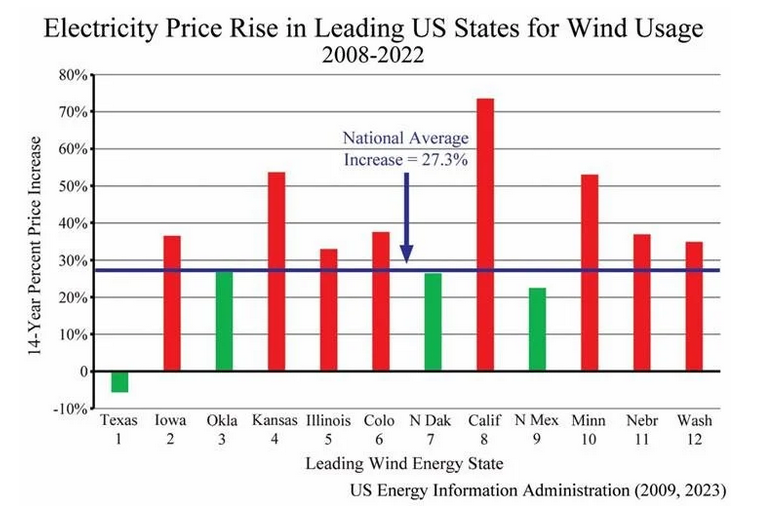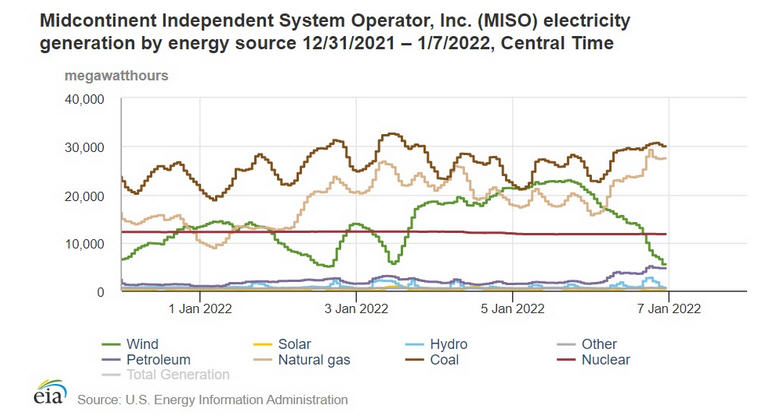Author: R. Alan Harrop, Ph.D
The Marxist Left is out to destroy our country. Period. Anyone who does not recognize this is either blind or part of the problem. Karl Marx in his book, The Communist Manifesto, stresses the importance of finding an issue that allows the government to control the people. Well, the Democrat Marxists have found that issue: the manmade CO2 climate change hoax. Regrettably, we have some Republican legislators who have been going along with this non-scientific, unproven belief that threatens to destroy our country and our standard of living.
Recent declarations by respected climate scientists are increasingly showing that there is no evidence that CO2 emissions have any impact on climate conditions. In fact, they have argued that increasing CO2 levels enhance plant growth essential to man’s survival. The climate has changed dramatically over millions of years as a result of natural causes such as solar flares, earth orbit, tilt of the earth, ocean currents, and other changes having nothing to do with man’s actions. Climate change, whatever the causes, is not an existential threat to mankind. What is a threat are the extreme actions being taken to combat a non-existing problem. No modern civilization can exist without adequate, inexpensive energy from fossil fuels. We are committing social suicide by going along with the elimination of fossil fuels.
Let’s look at some things occurring in North Carolina that are heading us down the road to economic catastrophe. First, in 2021 the General Assembly passed and Governor Cooper signed HB 951 which established the requirement to cut carbon emissions from electric power plants 70% by 2030 and achieve carbon neutrality by 2050. This will require massive expenditures on solar and wind farms and the construction of massive battery centers to store electricity, since wind and solar are intermittent sources. Who makes the solar panels, the wind mills, and the battery components? You guessed it; our global enemy China. It is estimated that the average consumer’s electric bill will quadruple and there will be massive electricity shortages. Germany, which tried to rely on solar and wind, had to reactivate their coal fired plants to handle the demand for electricity this winter. The cost of electricity in Germany is three times higher than in the United States. Meanwhile, we have the technology to have the cleanest coal fired plants in the world and have a 200 year supply of coal; which we are now sending to China.
Second, the Cooper regime is proceeding with the construction of offshore wind farms. One off Kitty Hawk and the other of the southern coast near Bald Head Island. Again, these will be built by foreign countries and use Chinese components. Just think how vulnerable these wind mills will be to attack in the event of war.
I hope I have made my case that these actions are a real threat to the citizens of North Carolina; and all for no legitimate reason. Manmade Climate Change is a Marxist hoax! We need to pressure the General Assembly to (1) repeal HB 951 establishing CO2 emission mandates; (2) block the construction of wind farms off the coast; (3) remove all state tax incentives for solar and wind energy projects. Before you cast your vote this year, find our where each candidate stands on this issue. It is a looming crisis that must be stopped.



